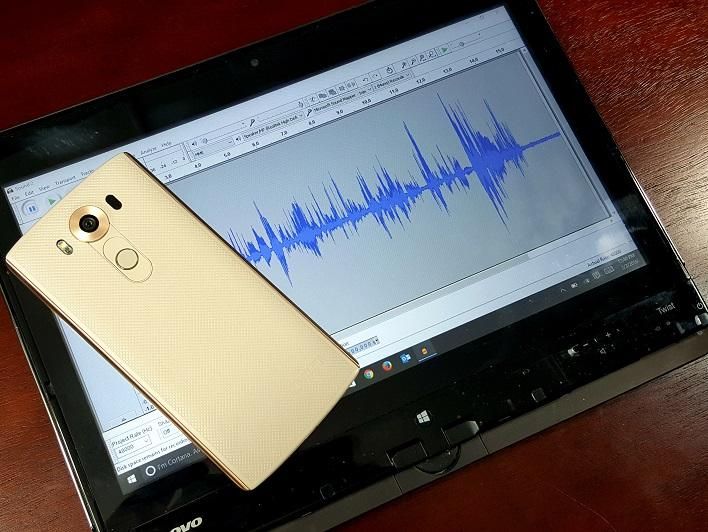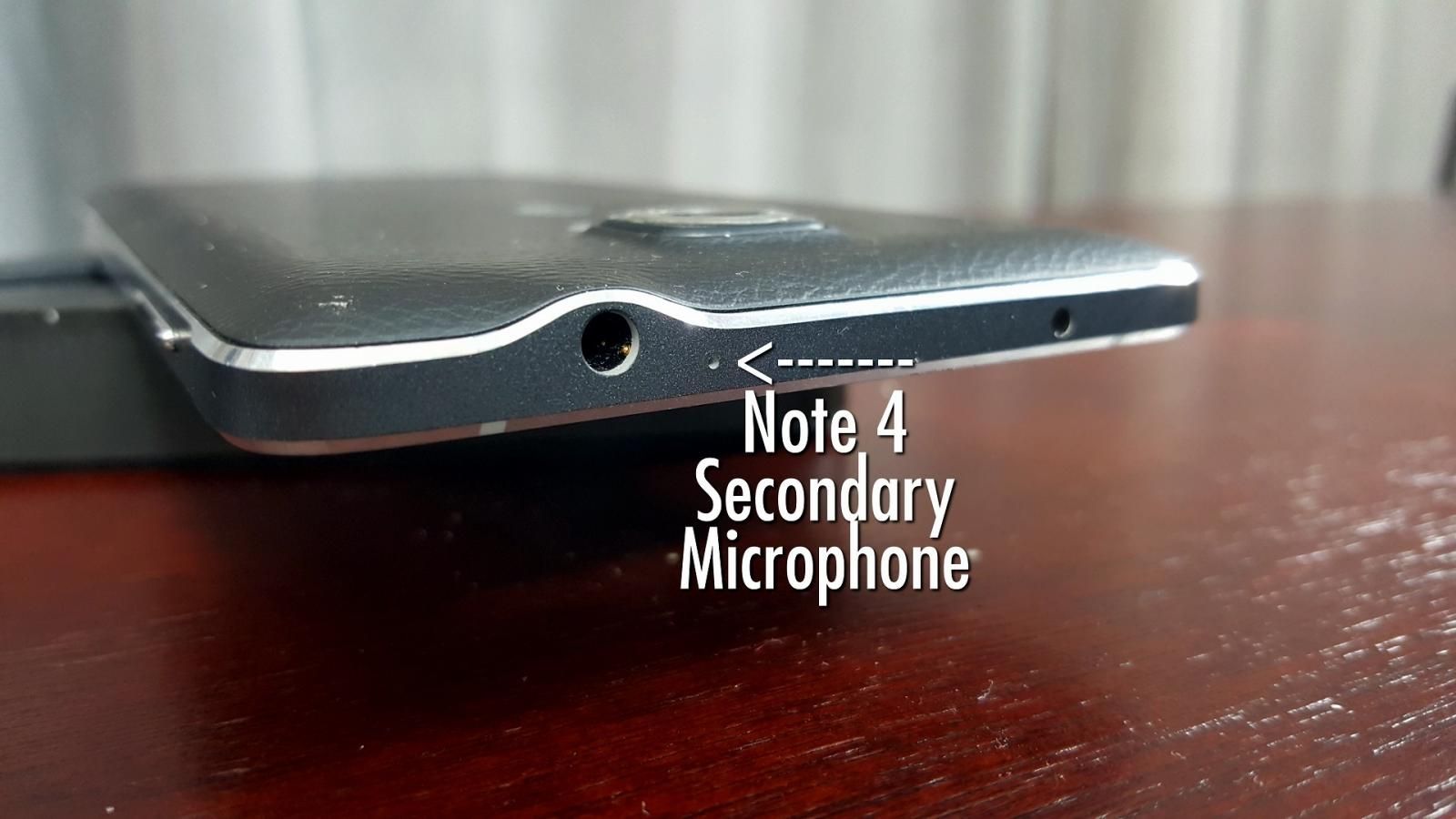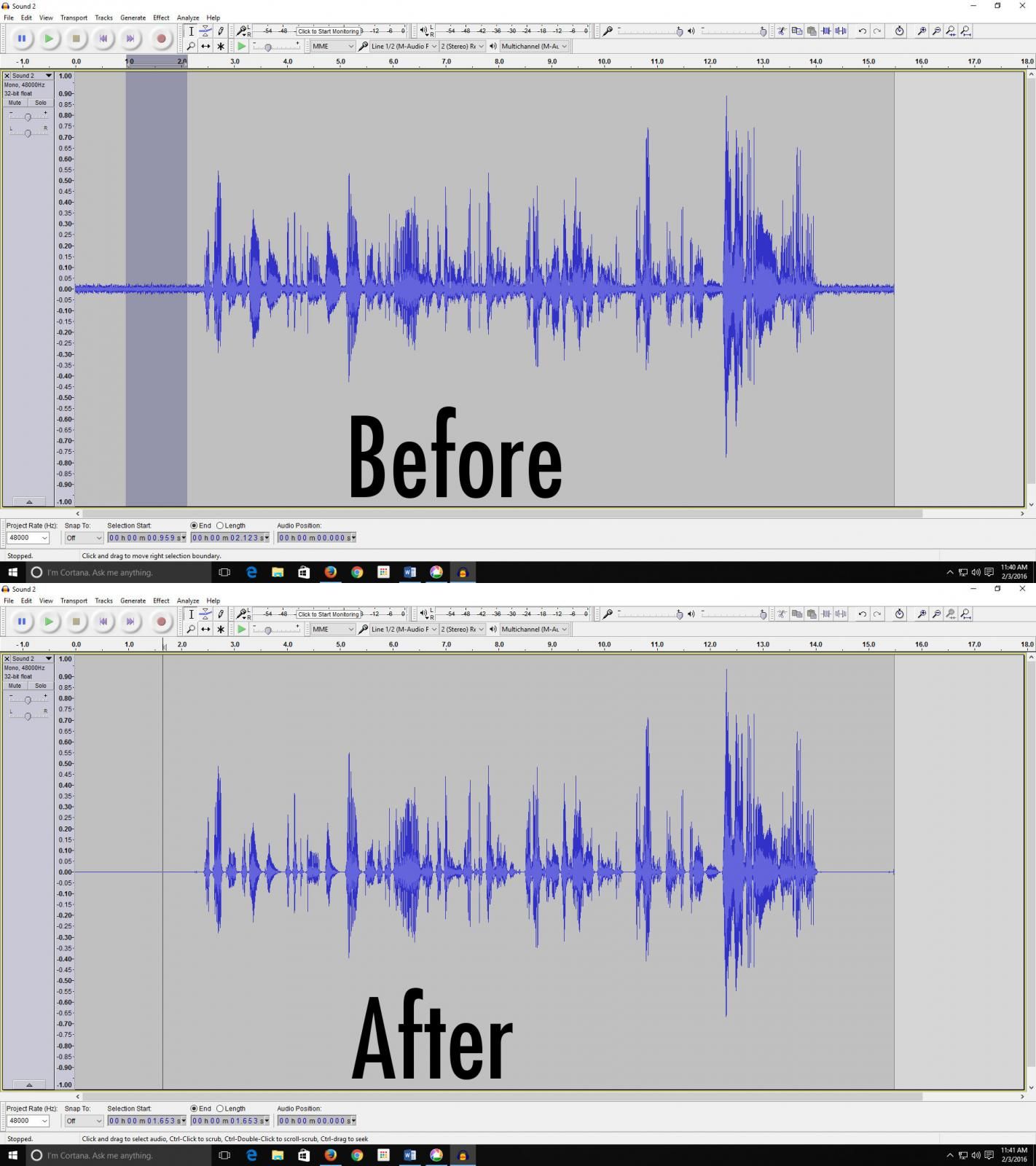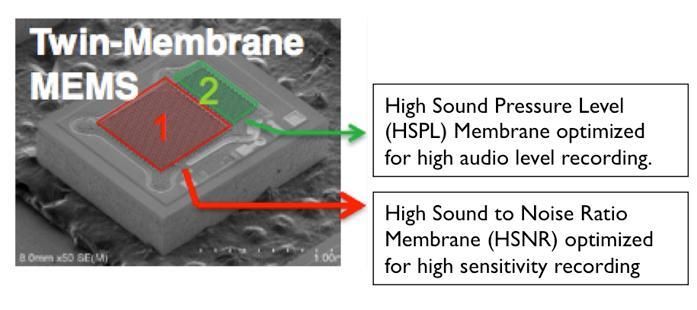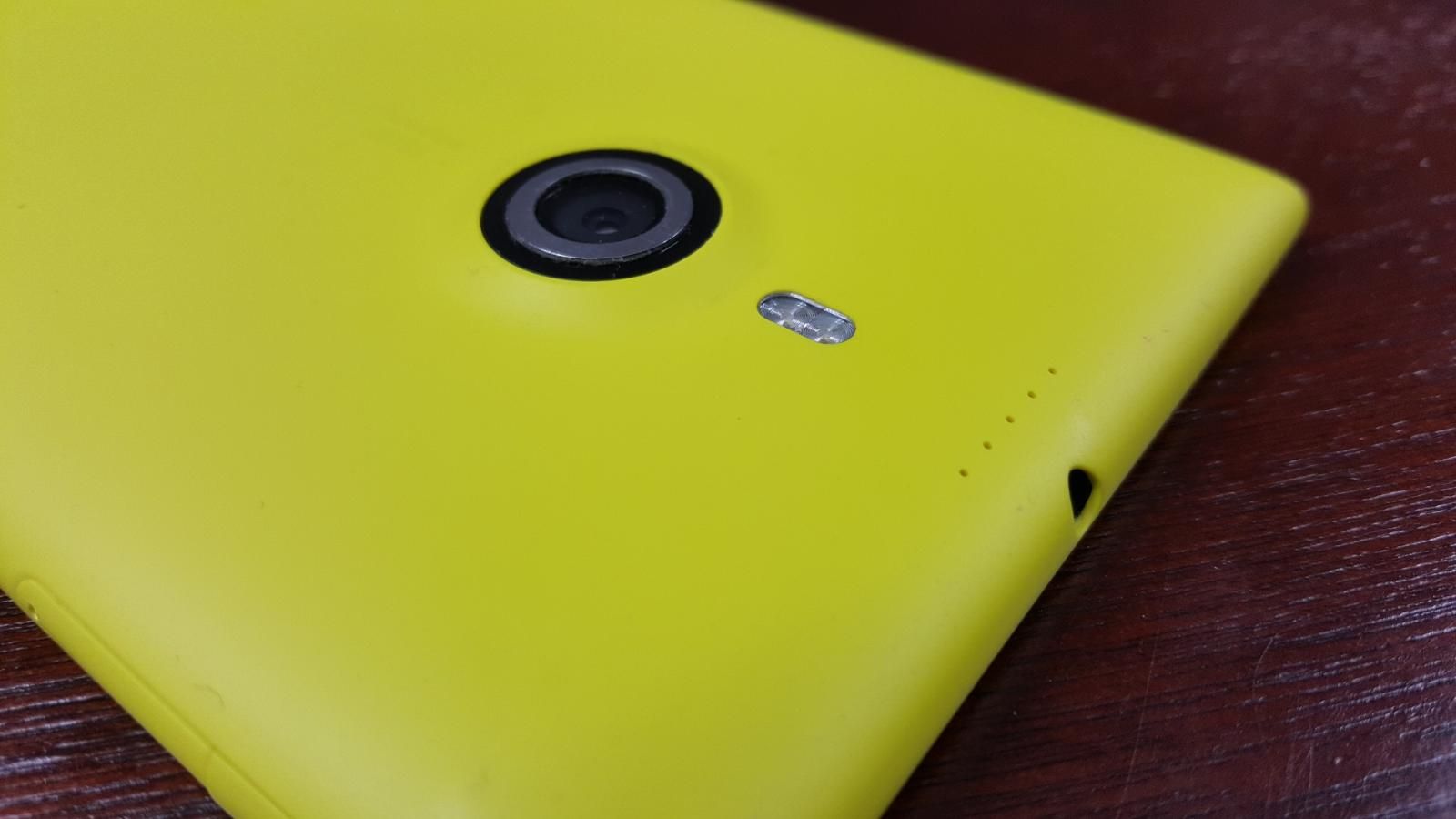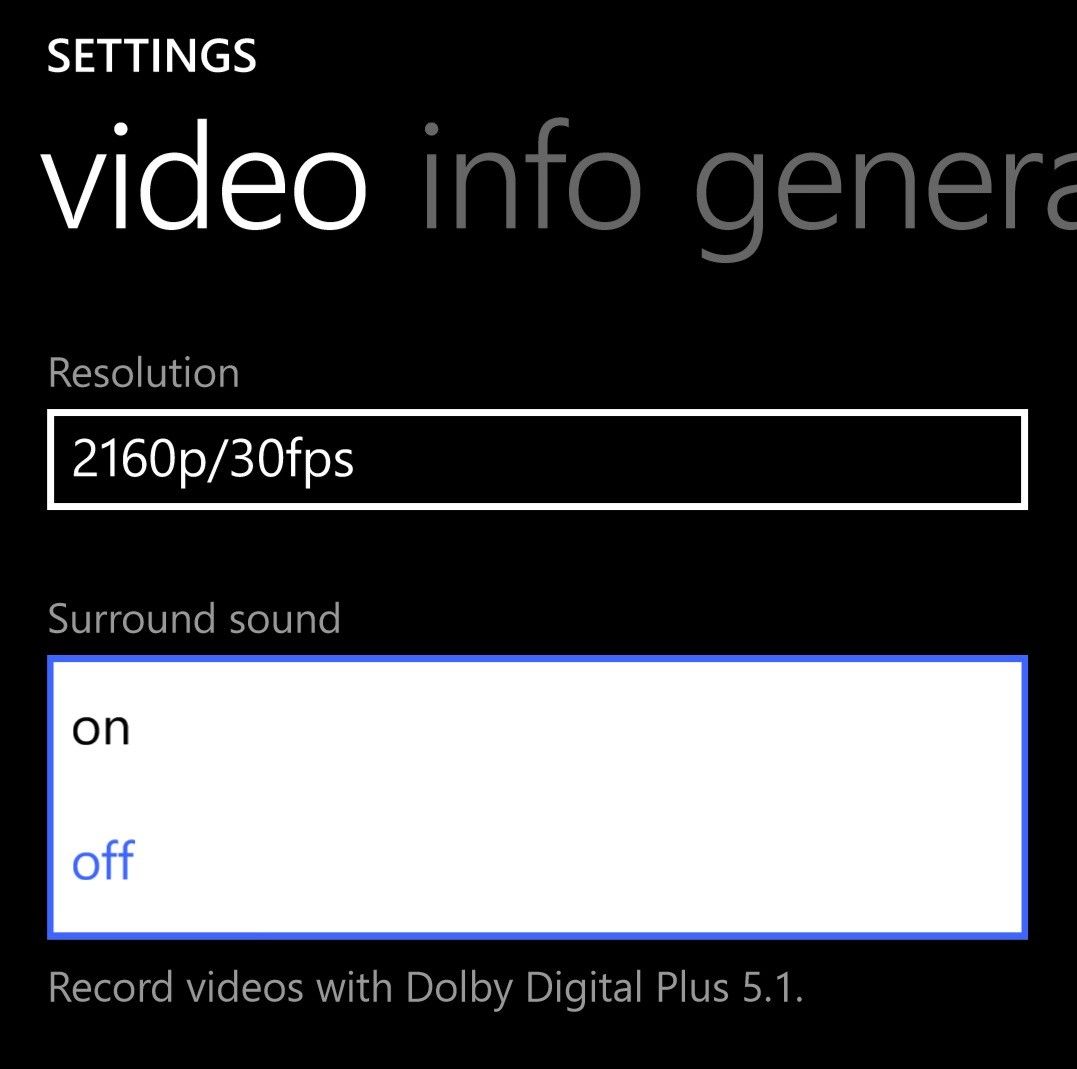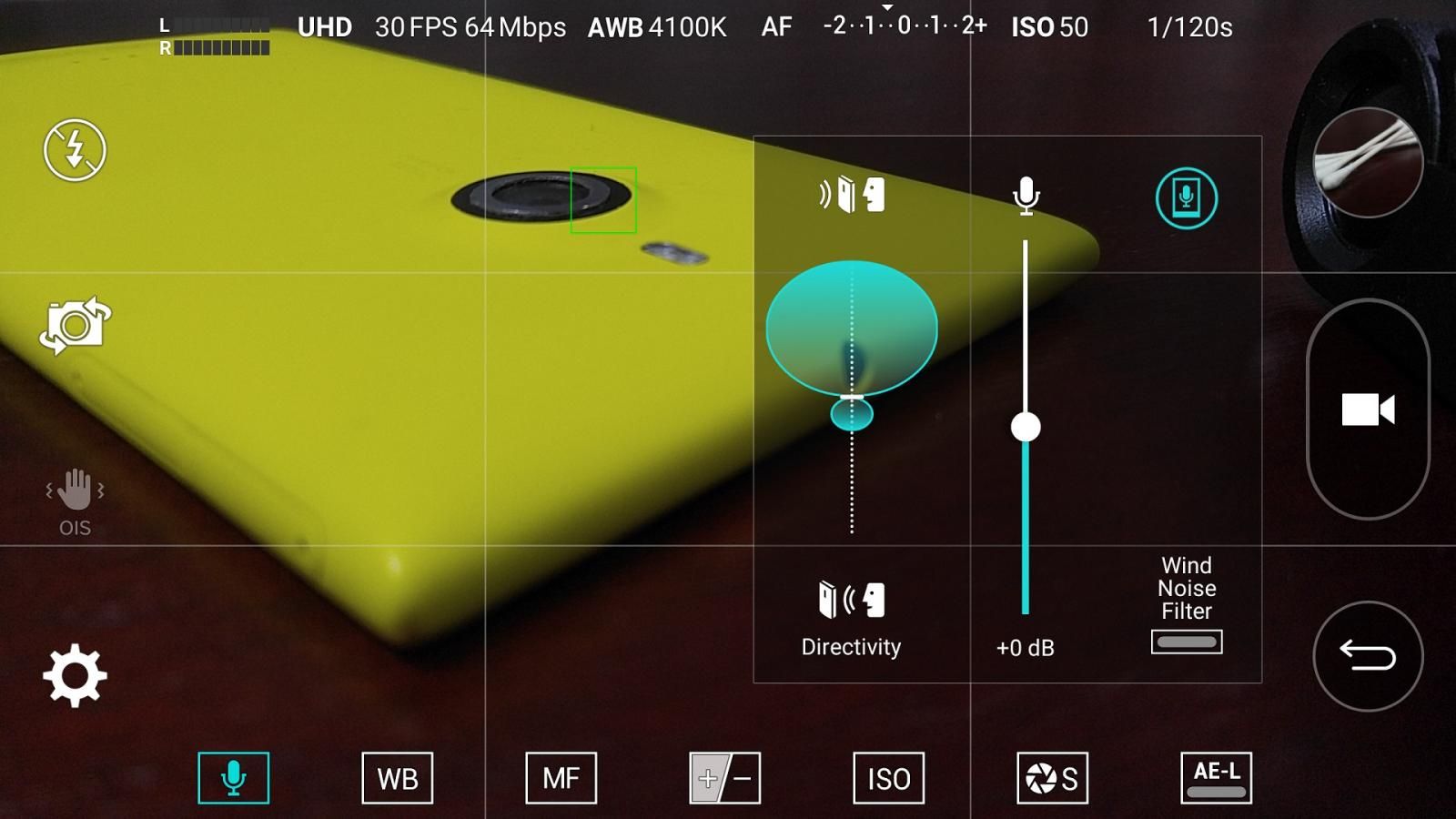When discussing media creation from our mobile devices, the advances in camera sensors, lenses, and video options takes the majority of focus. It’s the sexier side of the conversation, seeing that over a short period of time our phones have leapt from standard definition video and single digit megapixel stills, to UHD video and 12+ megapixel images. However we’ve also been seeing (and hearing I suppose) some subtle but important advances in audio capture.
What was a novel feature a couple years ago, most many mid-range, most flagships, and even a few entry level phones now employ sophisticated smartphone noise reduction technologies. As a quick primer, noise reduction works by sampling sound around you. There are usually at least two microphones on our phones these days: a main calling mic, and a secondary microphone to listen to noise in your environment. The information from that second mic is inverted and applied to the input from the main microphone, which cancels out a lot of the background audio distractions in our phone calls and videos.
You can actually test out a similar process for free with the editing software Audacity. The noise removal plugin included with that software works by asking you to select a section of noise in a recording, then the software tries to remove anything that looks like that noise. Your phone utilize a similar process, only it attempts to cancel noise in real time. If you’ve used any active noise cancellation headphones recently, that’s another system which works in a similar way. Of course, this isn’t a foolproof method as it works best on constant noise in your environment (e.g. airplane engines), and is slow to react to new sounds around you (like speech).
One of the more recent advancements for dealing with sudden spikes of sound is the move to more robust microphones. Nokia introduced its High Amplitude Audio Capture design on the Lumia 920 which had three mics built in, but even lower cost options like the Lumia 620 included an HAAC microphone. Of course the quad microphone array on Nokia flagship phones provided the best possible results in slicing noise out of our recordings. HAAC microphones contain dual membranes, and software intelligently switches from a membrane built for moderate audio levels, to a membrane designed for louder signal capture in more challenging situations.
If you remember when HTC got in trouble with the microphones on the One M7, it was because those phones were using Nokia’s design without licensing that technology from Nokia. Since then though, Samsung and HTC have improved the mic hardware on their respective phones, and LG has also moved to a three microphone array on the V10.
Those three and four microphone solutions also bring the ability to “tune” the shape of your recordings. Nokia Lumias with quad mic arrays were capable of recording either in stereo with aggressive noise reduction, or those phones could record audio in surround sound. Currently, that feature is sadly lacking on the Lumia 950 and 950 XL.
LG’s three mic array allows users to focus the direction of their audio either more in front of the phone (think concerts, where you want more focus on the band than on the people around you) or behind the phone (situations where you would want to be heard talking on the video above the environmental sound around you). Shooting video on the V10, you can also control the sensitivity of the audio capture, and decide manually if you want to use the phone’s built in mics or a headset microphone plugged into the phone.
One curiosity in the smartphone landscape is how Apple utilizes the dual microphones on the iPhone. While those mics offer terrific noise reduction for phone calls, the iPhone still only captures mono, single-track, audio for video, unlike other dual-mic phones which capture stereo audio.
Working in content production as an audio guy, I hold to the idea that people can often tolerate poor video quality better than they can tolerate poor audio quality, an assertion Google tests on Hangouts every week we produce the podcast. Moving into the future, we’ll see improved support for external mics on our mobile devices. It’s one area Apple still excels with proper support for USB audio, but Android is improving with better audio support in Marshmallow, and I would expect Windows 10 to support standard USB audio profiles if only to improve services like Continuum.
What do you think will be the next stage for audio capture? Better USB peripheral support? Improved wireless systems? Drop us a comment below!

